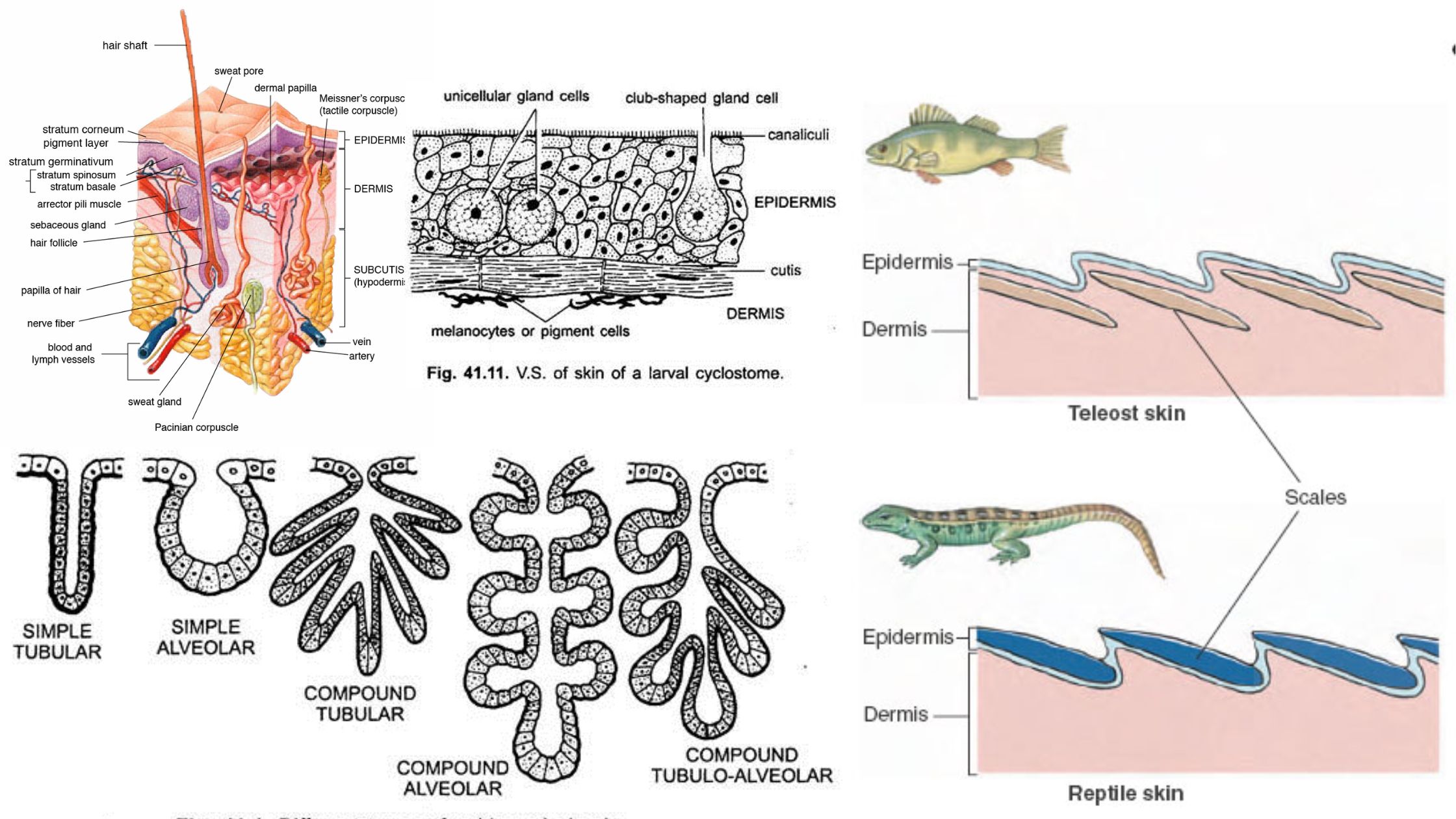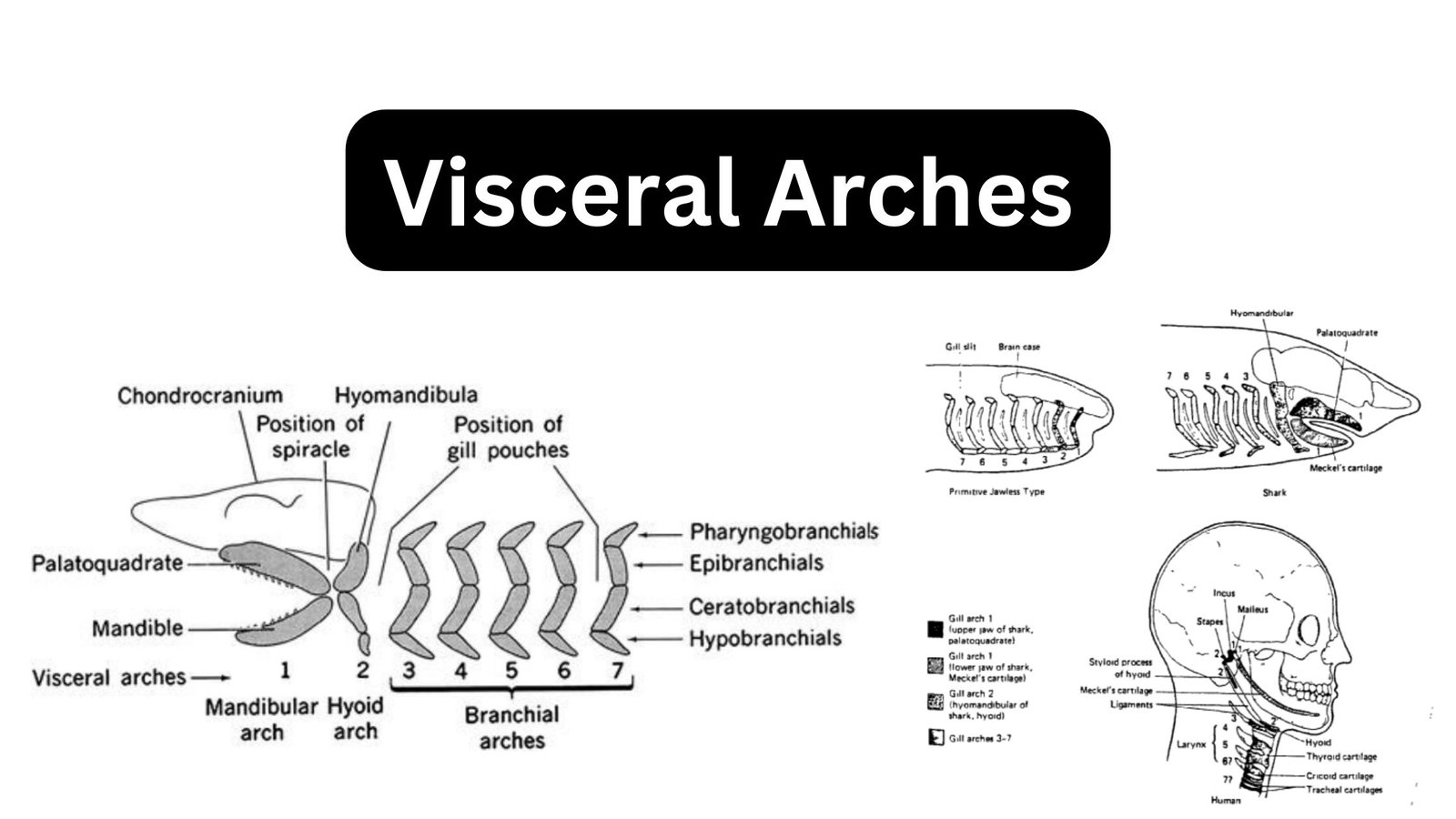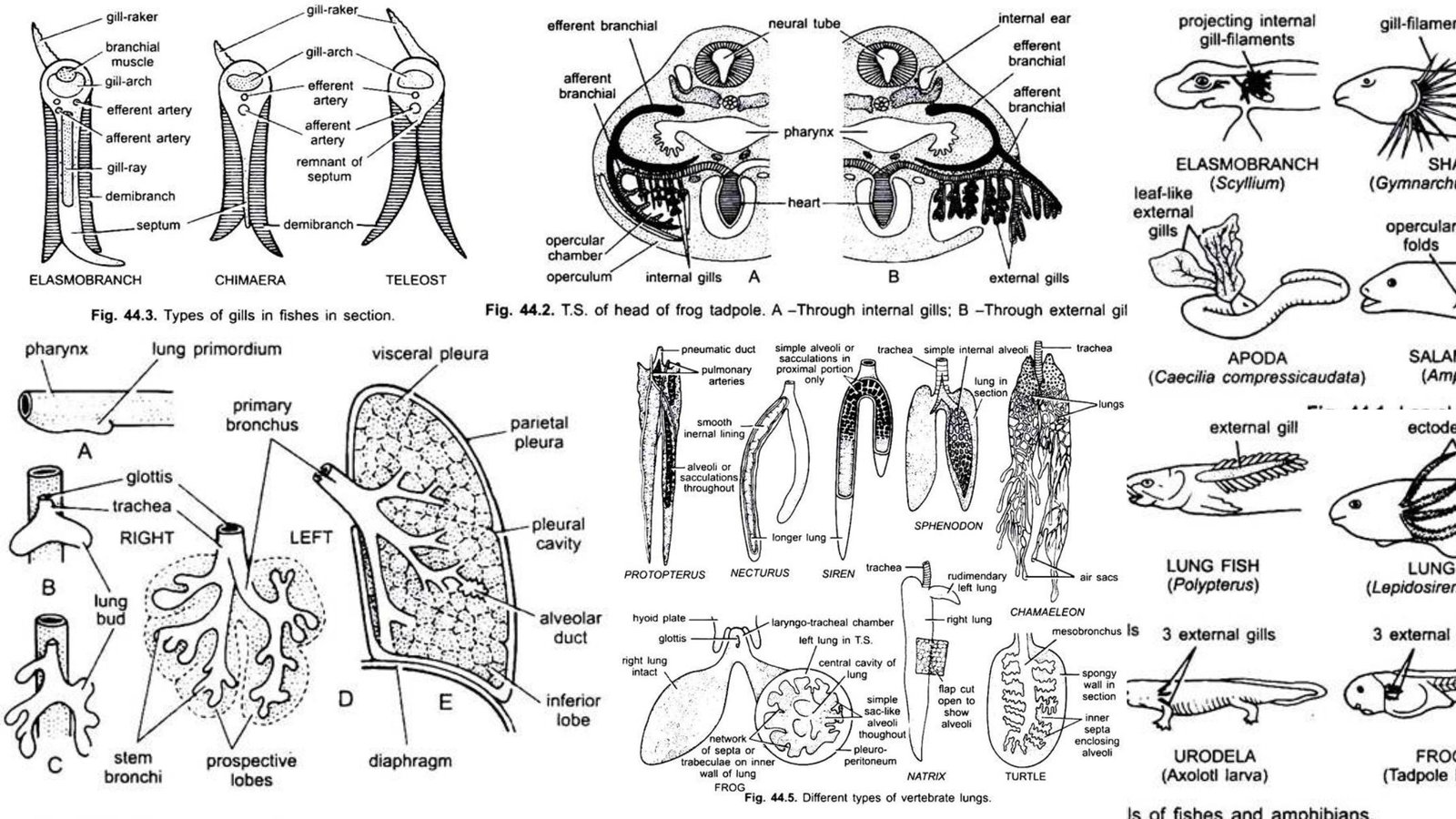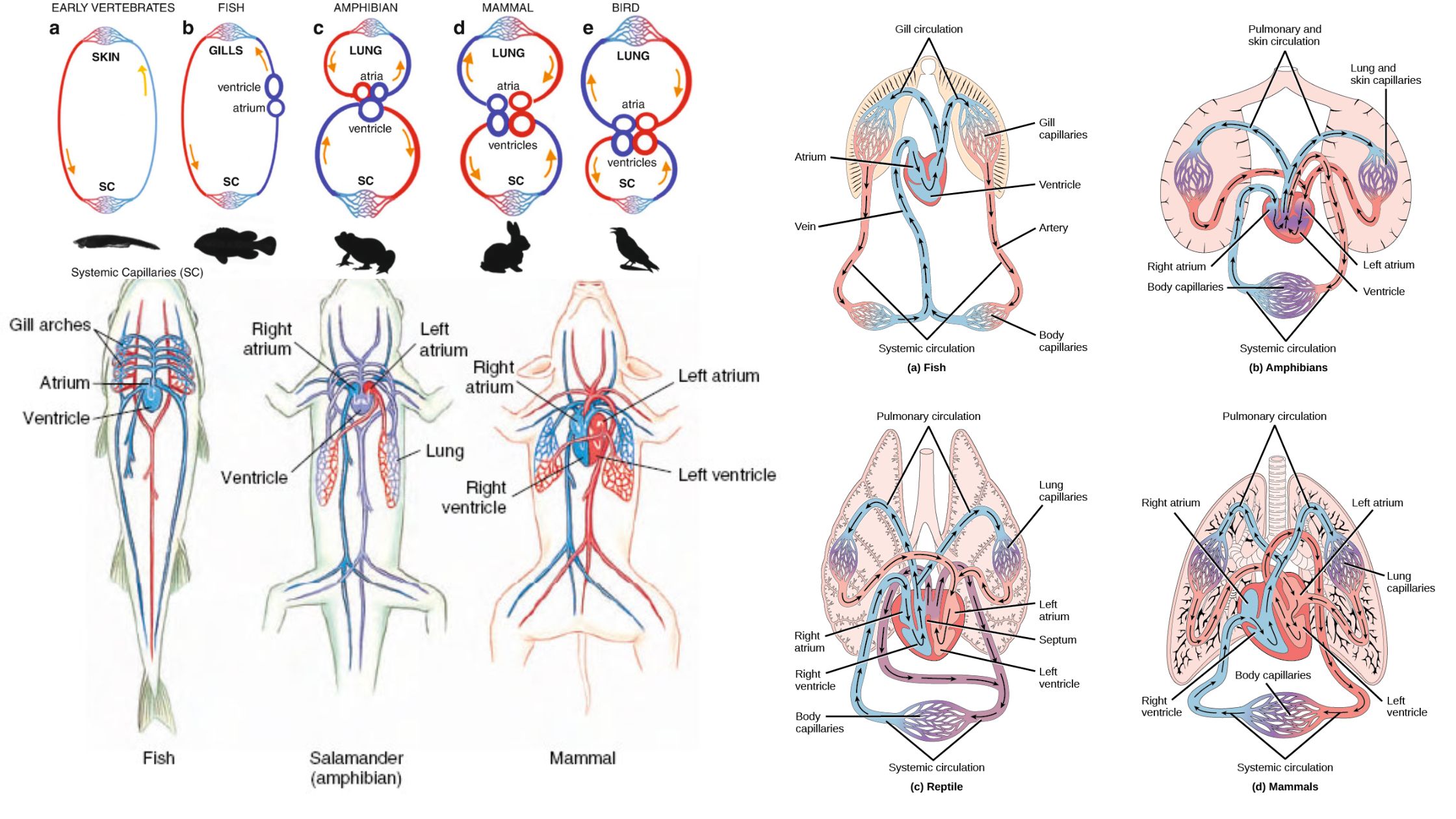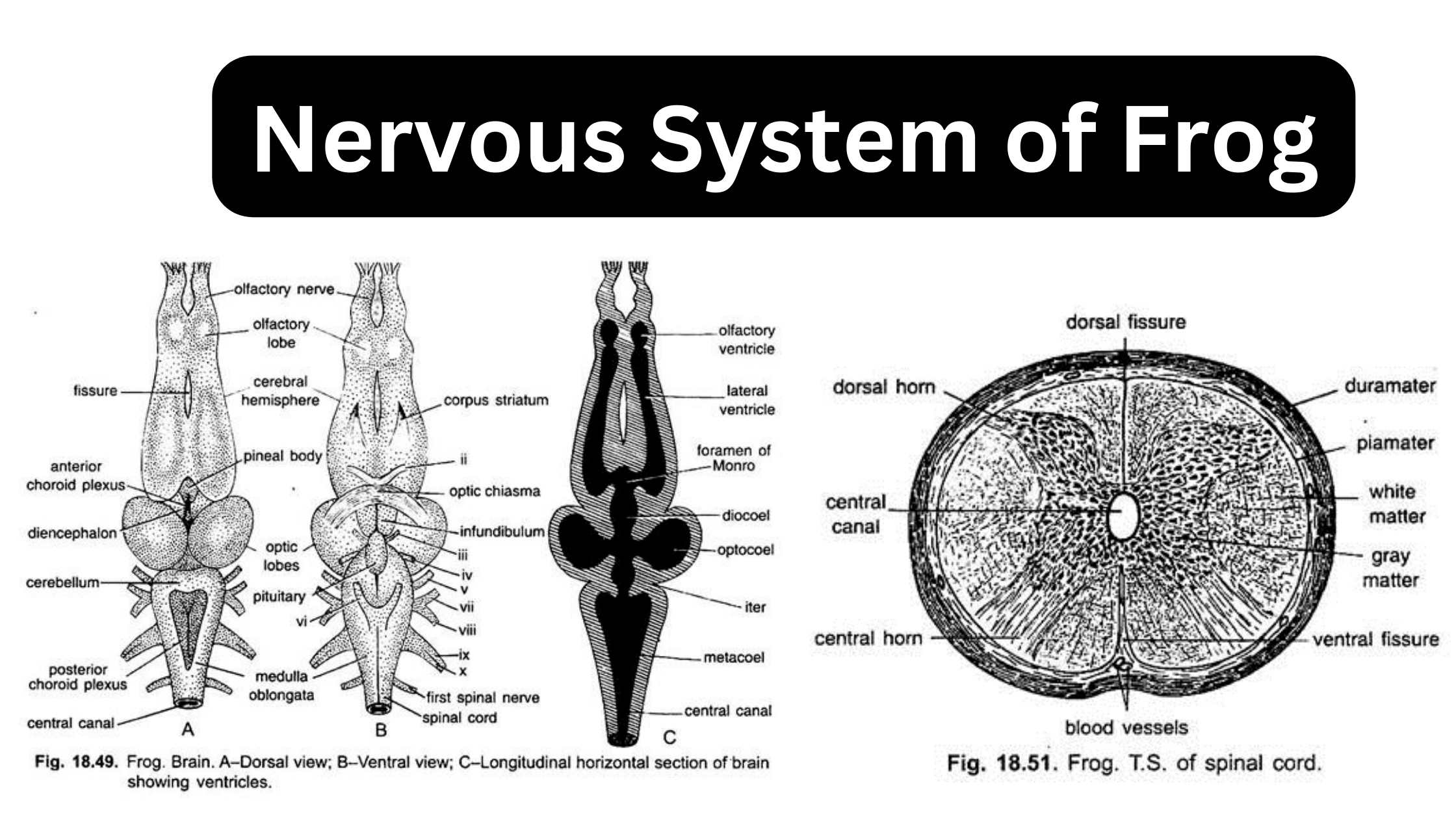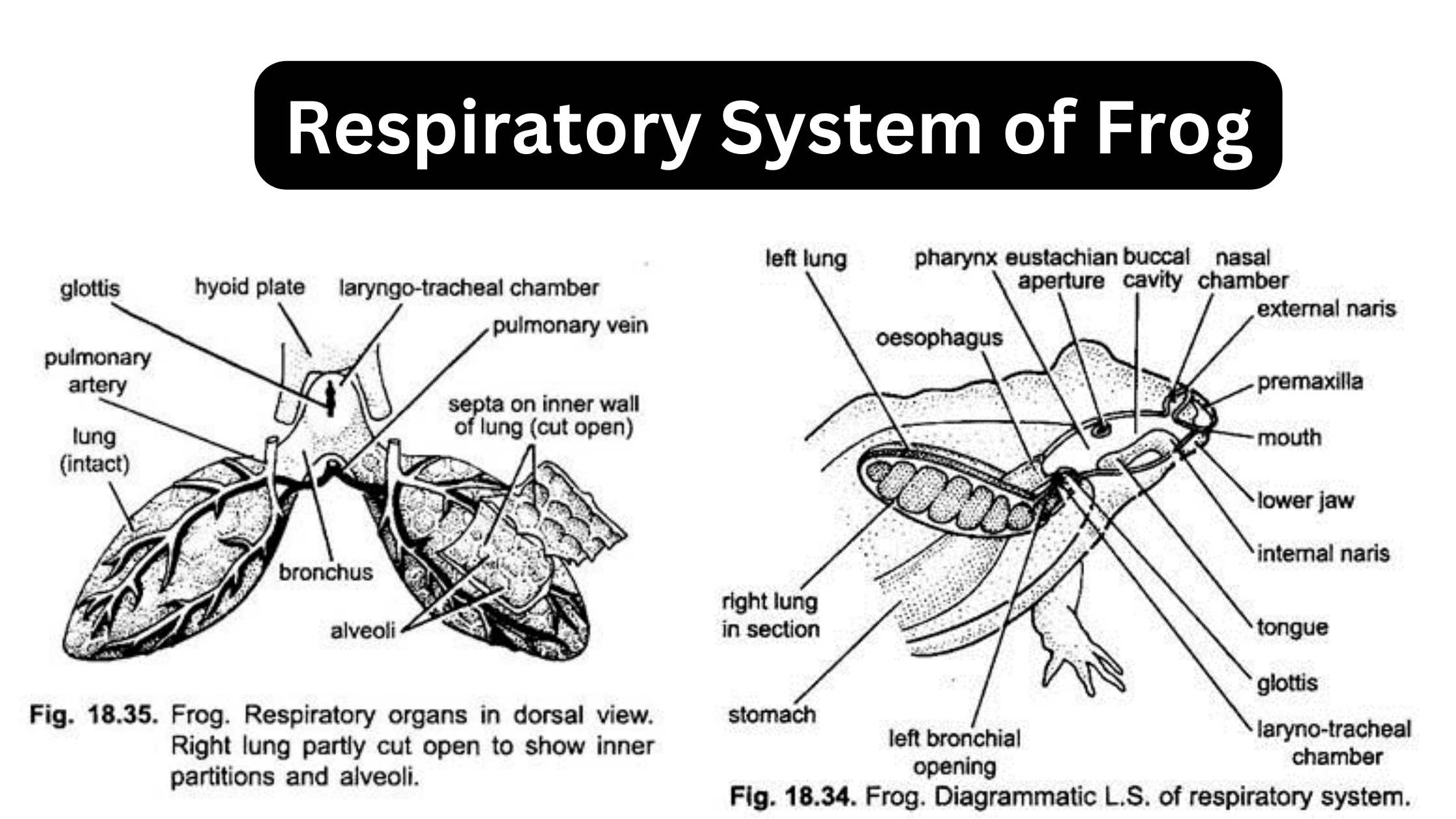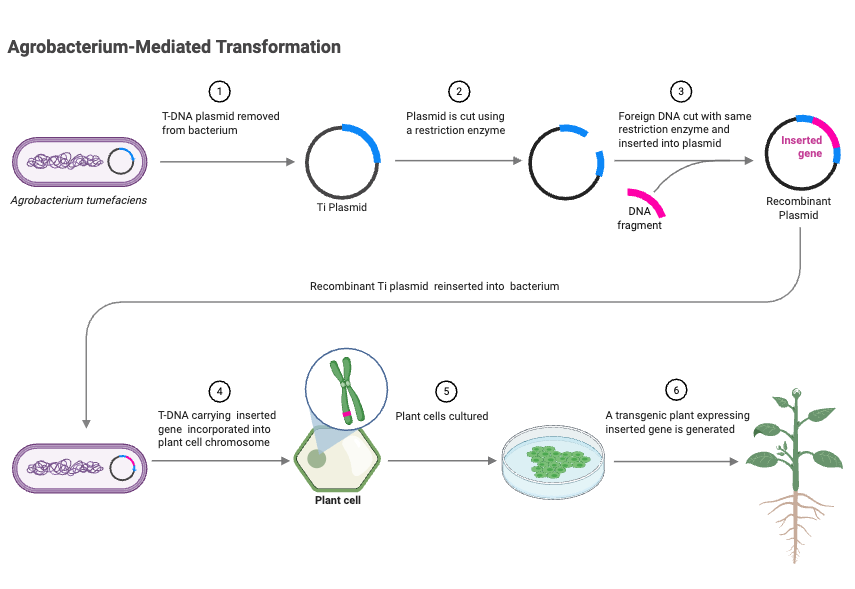Vertebrata – Definition, Classification, Characteristics, Features
Evolution of Vertebrata Vertebrata Vertebrates, also known as Craniata or Osseo Batch, are animal species characterized by the presence of a backbone or vertebrae. They belong to the Subphylum Vertebrata within the Kingdom Animalia, which encompasses the broader group of chordates with a backbone. Vertebrates are part of the clade Olfactories, which is a monophyletic … Read more

